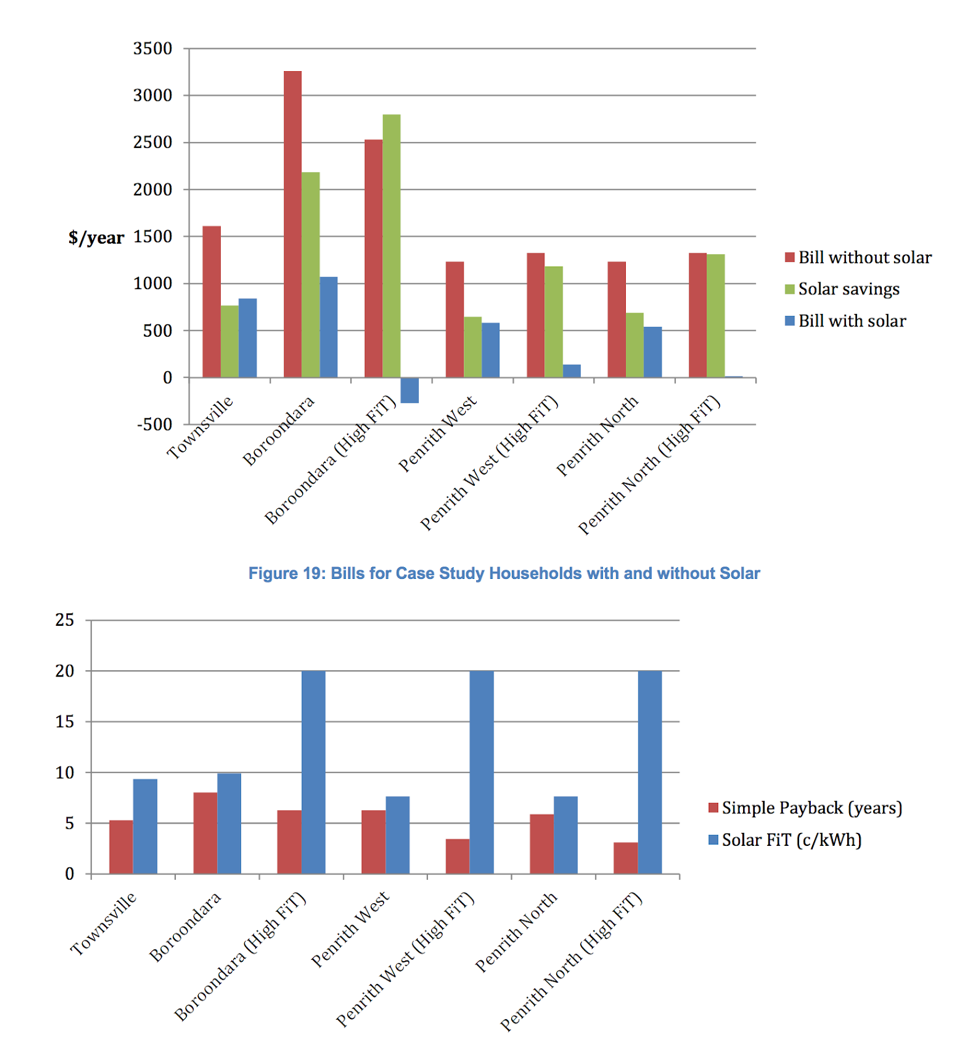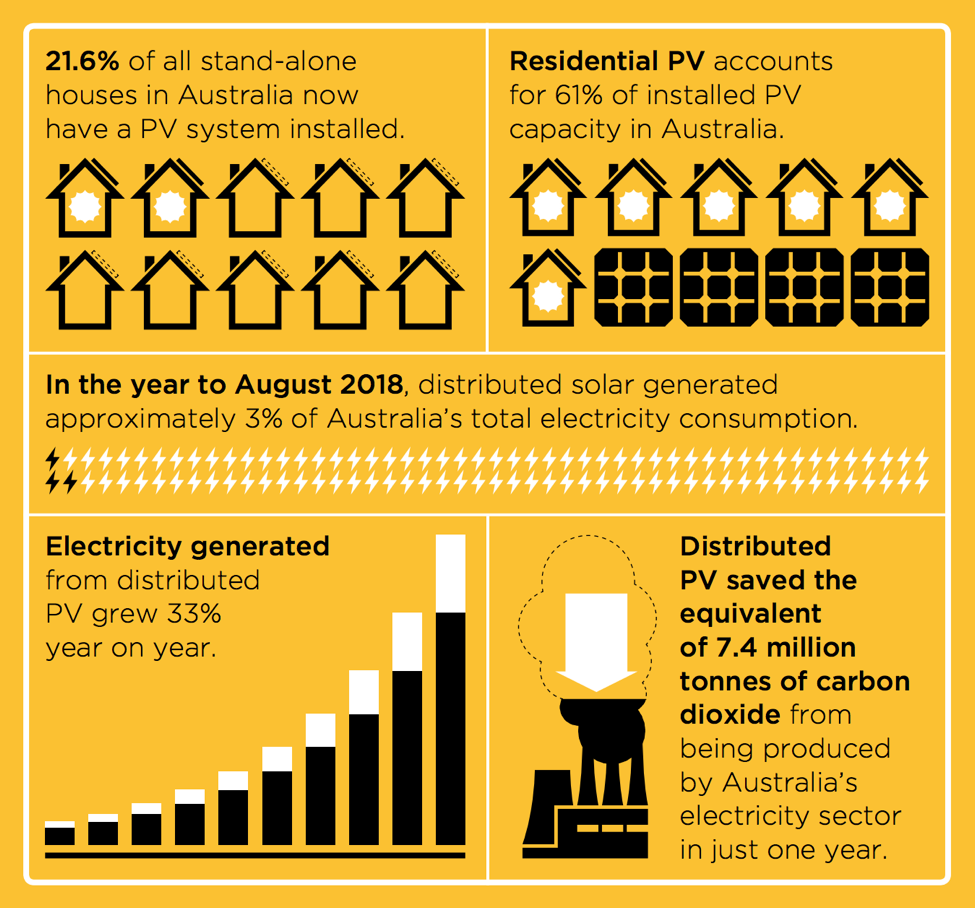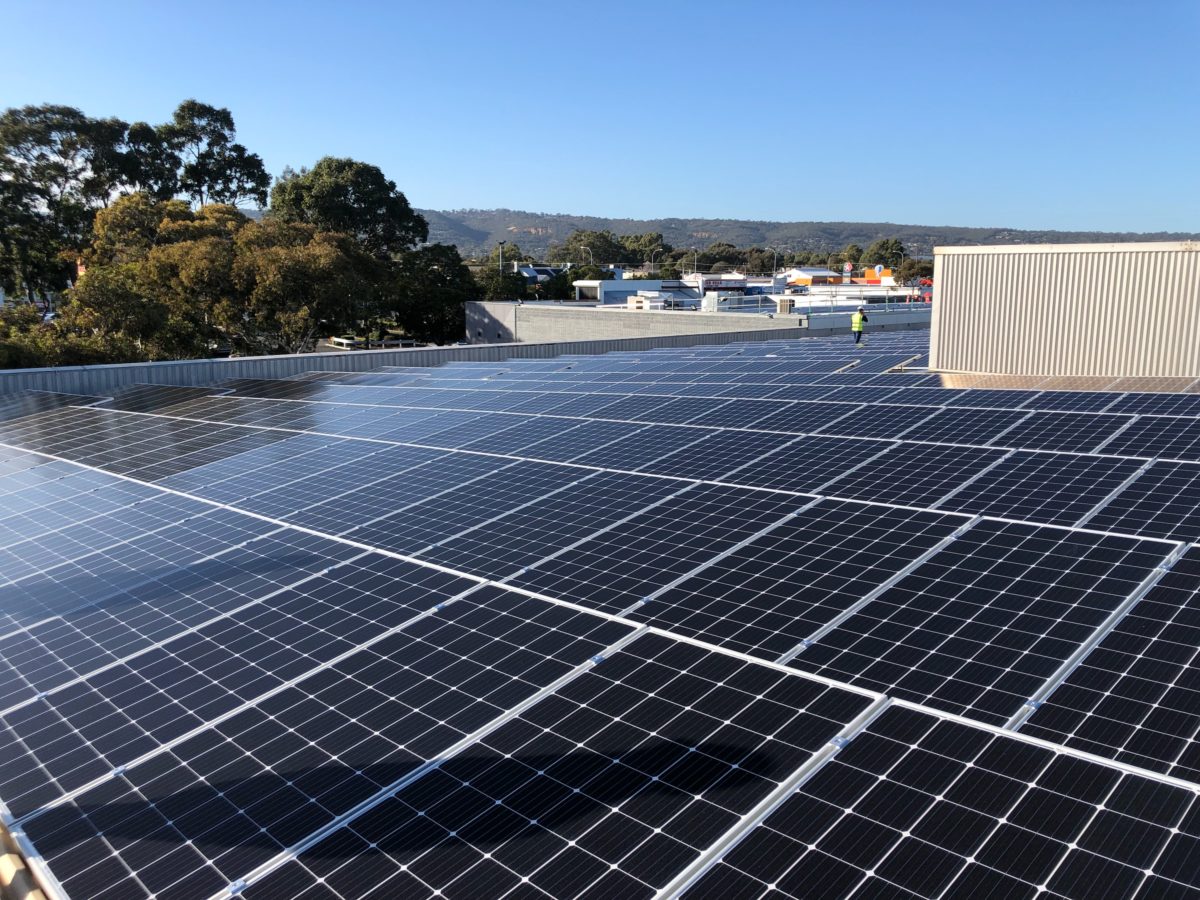A new report commissioned by Solar Citizens and compiled by the Australian Photovoltaic Institute and the University of New South Wales (UNSW) used spatial analysis to estimate the potential for rooftop solar in Australia at an incredible 43 GW to 61 GW.
Launched during the 2018 Asia-Pacific Solar Research Conference, at UNSW in Sydney last week, the analysis captured only advantageously positioned, unshaded real estate, and includes the potential for expansion of solar PV on rooftops where the resource is currently underutilised.
The Solar Trends Report for Solar Citizens also offers several case studies to demonstrate the energy-bill savings that residential rooftop PV is enabling around Australia. Among them is a poster woman for expanding existing rooftop solar systems, Gayle Adams. The retiree who lives in Sydney’s inner west categorises herself as a second-generation solar participant, saying, “Solar panels offer a very good return on investment. And I really liked the idea of increasing my independence from the grid.”
Adams multiplied her home’s solar capacity from around one kilowatt, which she installed in 2009, to 5.6 kW and added 7 kWh of battery storage. The recent upgrade cost around $18,000 and was purchased through the Inner West Community Energy Group.
Australian households are fighting back against rising power bills with a new report showing a dramatic surge in rooftop solar. In just 12 months 'solar panel installations' have increased by a third and experts say bigger changes are coming. #Solar #7News pic.twitter.com/cy7mqFsIm9
— 7NEWS Sydney (@7NewsSydney) December 8, 2018
Adams’ expanded system falls right in the new norm. As the Solar Trends Report reveals, households are now typically installing larger capacity than five years ago, with the most popular system size for homes today ranging between 4.5 kW and 6.5 kW.
It also identifies gaps in solar uptake — most significantly on apartment buildings, rental properties and public housing — and exhorts governments to “smash through the roadblocks that are stopping households from producing their own sun power,” noting that some strategies are already working to bring these sectors under the solar umbrella.
For example, the report found that the fastest growth in PV penetration is currently in Brewarrina NSW, where it’s attributable to a PV and Air Conditioning program implemented by the NSW Government Aboriginal Housing Office. This program aims to cool households and reduce heat-related health risks in this NSW hot zone, without increasing already high if not unaffordable electricity bills. In Dubbo, a few hundred kilometres southeast of Brewarrina, solar PV is saving an annual $590 on participants’ energy bills, says the Solar Trends Report.
Case studies examined by the report are used to “illustrate the impact of solar across households with different demographic and appliance ownership characteristics,” from a retired couple living in a house with a pool in Boroondara in Victoria, to two young professionals sharing an apartment in a multi-unit building, in Townsville, Queensland.
“Overall, we find that despite the differences [in electricity-use patterns], solar creates significant savings for all household PV and tariff combinations, with payback times typically three to six years,” concludes the report (see graphs below).

Image: Solar Trends Report for Solar Citizens, published December 2018
Such benefits alone could continue to drive demand, although the report cites an EY survey which found that most solar PV participants gave reasons for investing in solar generations that include energy-bill reduction, managing the risk of future electricity price rises and increasing self sufficiency; the report cites environmental concerns as their next most important reason for installing solar.
“Homes and commercial buildings can accommodate a lot of PV,” says Professor Andrew Blakers of the Research School of Engineering at Australian National University (ANU), but the resulting disruption to the grid poses challenges.
“If we do nothing at all,” to enhance the grid’s responsiveness to integrated consumer-generated solar PV, says Blakers, “eventually we will reach saturation. Fortunately, there are plenty of ways to increase the limit.”
In October, the Australian Renewable Energy Agency (ARENA), announced an initiative to maximise the value of distributed resources for all energy users. The Distributed Energy Integration Program (DEIP) recognises that to deal with the increase over coming decades of rooftop solar, home batteries and other technologies — such as smart appliances and electric vehicles — changes are required in system planning, operations, markets and regulatory frameworks. Its aim is to help pave the way in these areas for growing the penetration of Distributed Energy Resources (DERs).
“Rooftop solar, home batteries and other behind-the-meter technologies are going to reduce energy costs for the consumers who buy them, but this is a huge disruption to the traditional management of the grid and operation of the electricity market,” said ARENA CEO Darren Miller when the DEIP was launched.
Blakers proposes, “stronger interstate transmission to smooth out local weather, storage in the form of EV batteries and pumped hydro, and demand management to control stress periods for the grid,” as first steps to support the integration of more solar PV.
On the policy side, Solar Citizens suggests numerous strategies for realising Australia’s rooftop potential. These include: Providing rebates as well as no-interest loans to support low-income and vulnerable households’ access to solar; Reducing unnecessary administrative and regulatory barriers to apartment residents sharing solar energy through embedded networks; and Reforming electricity network tariffs to enable households to sell their excess solar generation to their neighbours.

Natalie Filatoff
This content is protected by copyright and may not be reused. If you want to cooperate with us and would like to reuse some of our content, please contact: editors@pv-magazine.com.








By submitting this form you agree to pv magazine using your data for the purposes of publishing your comment.
Your personal data will only be disclosed or otherwise transmitted to third parties for the purposes of spam filtering or if this is necessary for technical maintenance of the website. Any other transfer to third parties will not take place unless this is justified on the basis of applicable data protection regulations or if pv magazine is legally obliged to do so.
You may revoke this consent at any time with effect for the future, in which case your personal data will be deleted immediately. Otherwise, your data will be deleted if pv magazine has processed your request or the purpose of data storage is fulfilled.
Further information on data privacy can be found in our Data Protection Policy.